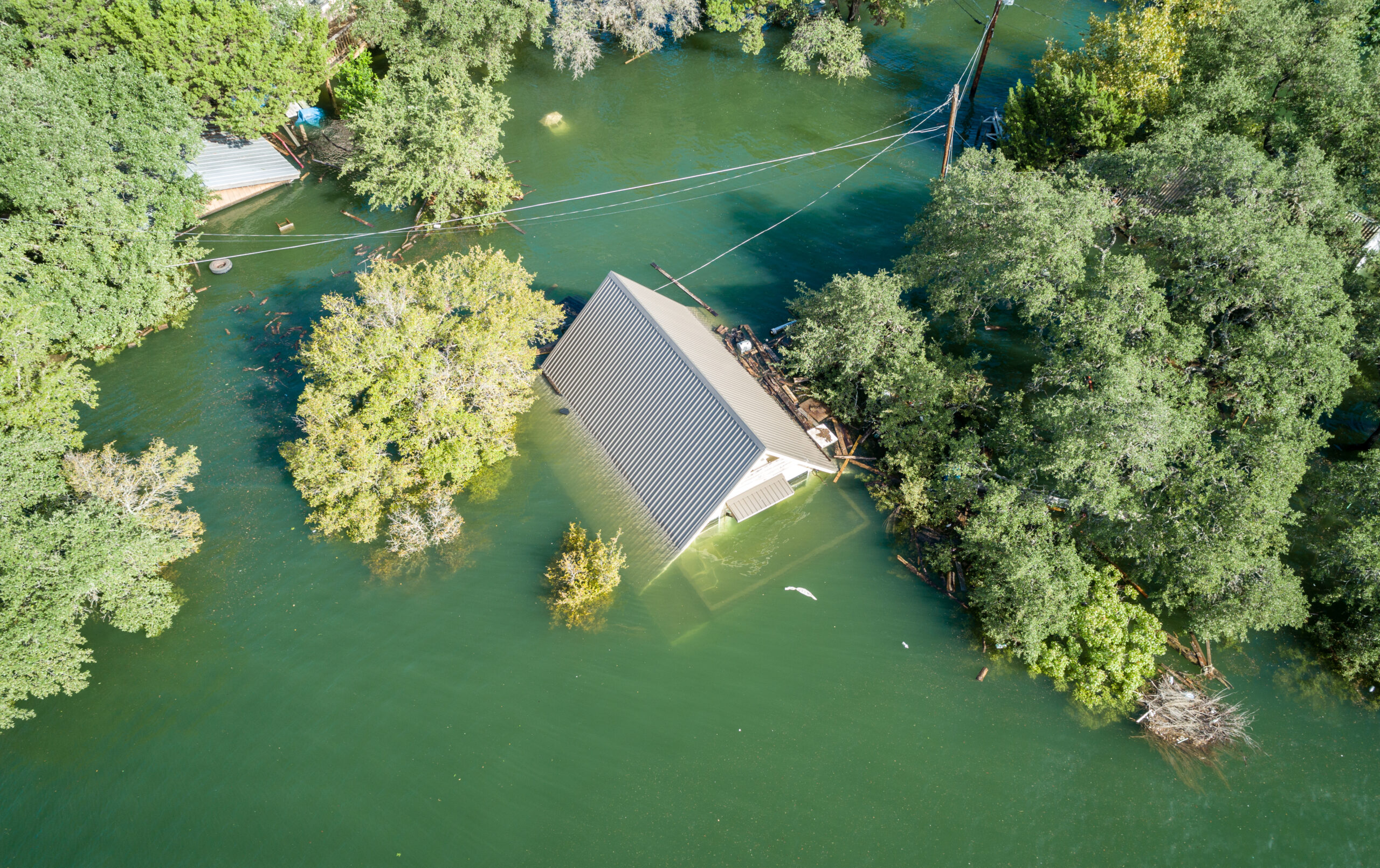Following massive coastal storms, like hurricanes, we’ll often hear and see news reports about the disastrous effects of storm surge putting people and property at risk. But what exactly is storm surge, how does it happen and why is it so damaging?
Generally speaking, storm surge is when sea water is pushed toward the shore by the force of high winds, like those experienced during a hurricane, and pushes up and over the shoreline often going miles inland and can cause flooding far from the coast. But storm surge is a very complex phenomenon and is highly sensitive to the environment it develops within. The slightest changes in storm intensity, speed, size, angle of approach and the shape and characteristics of coastal features all have a role to play in the final size and impact of storm surge.
This surge of sea water is often the greatest threat to life and property from a hurricane as waves of water extend inland, hitting structures with a combination of heavy water flow and battering waves. Hurricane Katrina in 2005 was one of the most devastating hurricanes in U.S. history and caused storm surge flooding of up to 25 to 28 feet above normal tide levels. Hurricane Ian along the southeastern coast in fall 2022 saw storm surge rise as high as 13 feet. One of the costliest hurricanes in decades, risk modeling company RMS expects upward of 25% of the total insured losses from Hurricane Ian will be driven by storm surge and flood alone. In dollars and cents, this indicates as much as $18 billion from storm surge damage. A significant total and burden when considering storm surge damage is excluded from most hurricane policies.
While no one can prevent storm surge from happening, you can minimize the potential damage to your home and your finances.
- Elevate – Elevating your home, where the lowest floor is above the base flood elevation level for your area is one of the most effective ways to mitigate storm surge effects according to FEMA. It may also lower your flood insurance premium.
- Reinforce – Doors and windows are common fail points and can break open leaving your home victim to wind, water and debris that can seriously damage belongings and the structure of your home. Understand what storm shutters, high-impact glass and a reinforced garage door can do to keep water out of your home. Also use a waterproof sealant at gaps around pipes or wires from your home and check the caulking around windows and doors to make sure they are prepared to prevent water from coming into your home.
- Take a Look Outside – The high winds and water that come with storm surge can turn loose tree branches, potted plants and lawn furniture into added perils. Look for outside items that pose risks to your property and remove or secure them to keep them from causing additional damage. According to FEMA, your home should be at least a full-grown tree’s height away from the base of any tree.
- Buy Time – If you have Recoop Disaster Insurance, hurricane with storm surge, from a government-declared disaster, is a covered peril. Once you submit photos of the damage, you can submit the claim for your Recoop cash immediately, which typically arrives in a couple of days. You’ll have the flexibility to use those funds to cover the cost of displacement from your property, make immediate repairs to make your home inhabitable or even pay your insurance deductible.
To learn more about how natural disasters and how Recoop helps provide fast and flexible cash in their wake, visit www.recoopinsurance.com.

